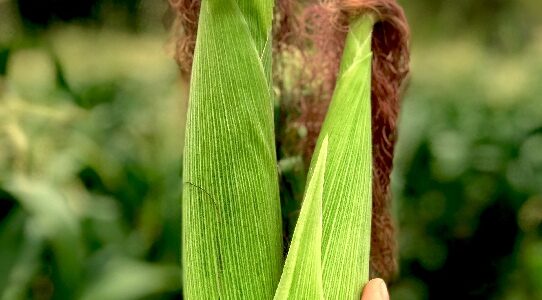As I was doing some grocery shopping last weekend, I passed by the fruits and vegetables corner and I realized — wouldn’t it be nice to have my own vegetable garden in my backyard? Wouldn’t it be cool to know that if I want to make a salad or a simple power juice, I could always rely on my stash that I could harvest anytime I want to? But how do I start?
If you’re asking the same questions, then please feel free to join me on this journey. I’ve gathered some information on how to grow your own vegetables at home.
As we all know, springtime is the growing season and this is the perfect time to create a vegetable garden in the comfort of your home. In addition to the benefits of gardening as an activity, you can also enjoy healthy and nutritious food that you know is 100% organic and safe.
These are some of the major points to consider before taking on this amazing project.
Finding the Right Location
One of the golden rules of gardening is to find the perfect location for your plants. Since we’re talking about vegetables, these are a lot different from ornamental plants and need extra care and extra space. It is essential that you give your vegetables the best spot so that they have room to grow and can produce the best veggies for your home.
May it be your backyard, front yard or even indoors, ensure that the location has ample amounts of sunlight, humidity and a water supply. As much as possible, stay away from areas that are windy as the wind can knock over some plants, especially those that are leafy or have very soft and fragile stems.
Choosing the Right Vegetables
You can start by brainstorming the vegetables that you really love to eat and often use in the kitchen. If you choose to start with seeds, take time to check out the back part of the pouch where general information about that vegetable is listed like plant characteristics, the plant hardiness zone it belongs to and daily care.
If you’re planning to buy readily available vegetable seedlings from nurseries and garden centers, please check out the foliage and look at the roots first. You want to make sure that you’re buying a healthy one with no signs of root rot. Choose and inspect closely because some seedlings have multi-plant cells, which means it has more than one seedling per cell. You’ll get to bring home more seedlings for the price of one!
Also take into consideration if it’s a climbing type of vegetable like squash, cucumbers and beans. You might need to prepare a plant support for the climbing vine such as a trellis or a cage. Be ready to make a vertical garden to maximize those trailing veggies!
Preparing the Soil
For your vegetables to thrive and grow healthy, you need to prepare the right garden soil. From what I have gathered, the best soil suitable for veggies includes a mix of compost and organic matter. It can be kitchen scraps, composted shredded leaves or aged bark. I’ve also seen videos that they mix coffee grounds with the soil before planting. Some go as far as using water-based sardines or fresh fish before placing the plants as it is proven to help the vegetables grow faster and healthier.
Planting at the Right Time
As mentioned earlier, springtime is the growing season — so better start now while spring is in full swing. Go ahead and start planting the seeds/seedlings you bought. Just make sure that you give your plants enough space so there’s room for them to grow. Check and take note of the planting dates so you can monitor the progress of your vegetables. It would be great to document weekly changes by taking pictures and notes for future reference.
Using the Right Fertilizer
There are several fertilizers available on the market that you can use in your vegetable garden. It’s best to stick to organic fertilizers, or even better, you can make your own natural fertilizers at home. Check out my previous blog about homemade fertilizers for your garden that are very easy to make and cost-free.
Giving the Right Care
Gardening is a continuous process and you must be consistent in everything you do. Watering and fertilizing your veggies are part of this process and you need to do this religiously to make your garden a success. Give your plants extra love and proper care. Soon, you will see yourself harvesting the fruits of your labor.
In Conclusion
I guess that’s it. With this ongoing global pandemic, it’s just practical to grow your own food. It will lessen the number of times you have to go out to do grocery runs and it will also help you save money during this difficult time. As Ron Finley (famously known for his guerilla gardening) once said and I quote, “Growing your own food is like printing your own money.” So yeah, let’s start printing our own money now by vegetable gardening! 😊

